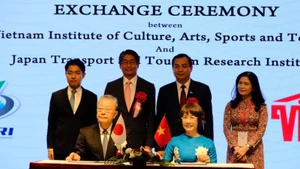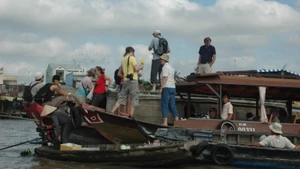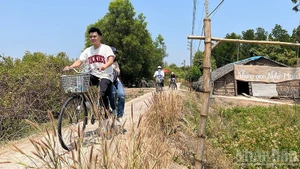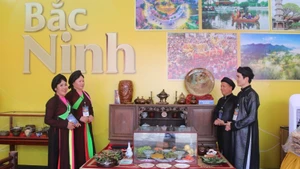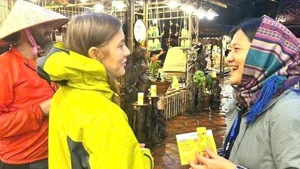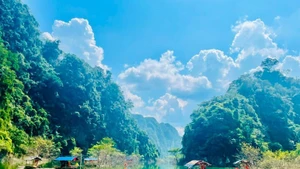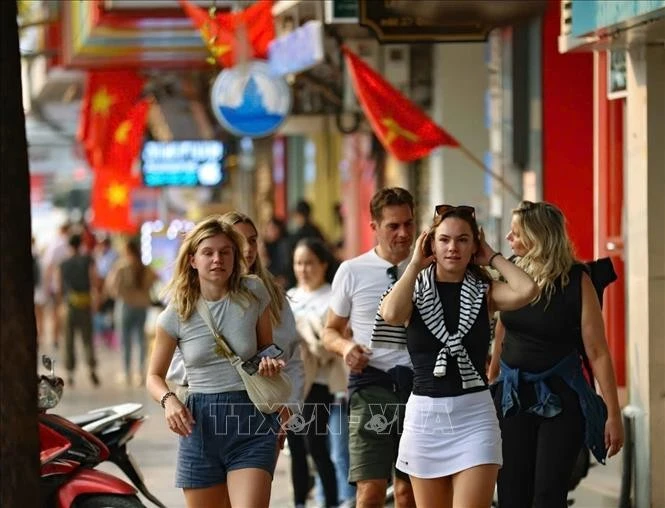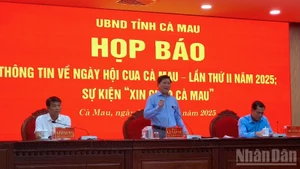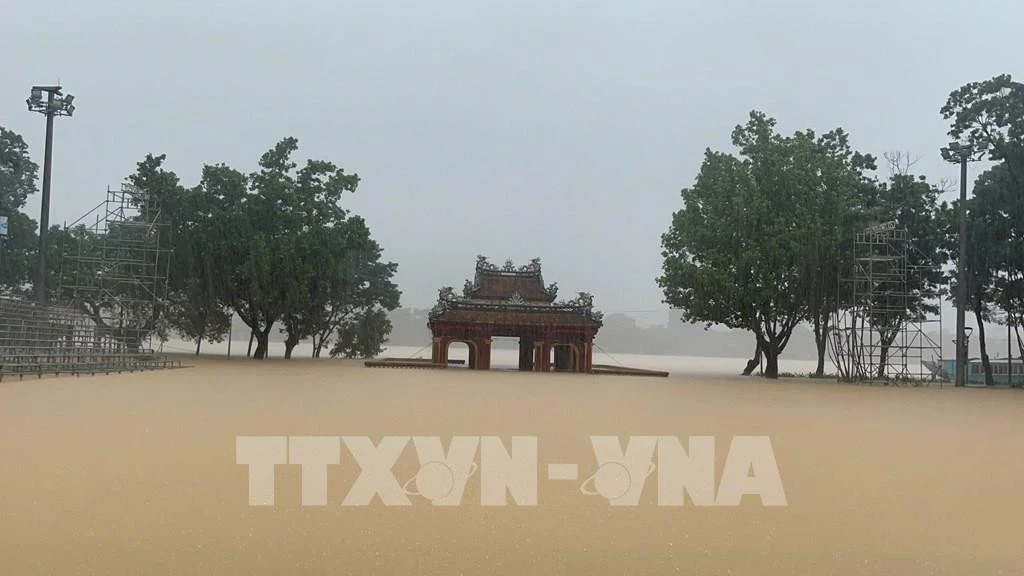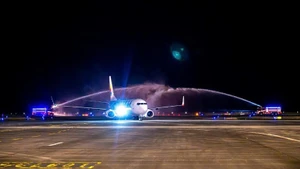To realise these goals, it is essential to have more favourable mechanisms and policies that create motivation to attract further investment in the tourism sector
In recent years, Vietnam's tourism sector has mobilised a diverse range of investment capital for tourism development.
According to the Institute for Development Strategies under the Ministry of Planning and Investment, the period from 2011 to 2020 marked an increase in both quantity and quality of tourism investment, as more than 1,000 tourism projects with total investment of tens of trillions of VND have been implemented by domestic and foreign investors, mostly in infrastructure development, accommodation, and entertainment in potential tourism areas.
Notable investment projects among them included Vinpearl Phu Quoc (17 trillion VND), the Phu Quoc cable car (10 trillion VND); Vinpearl Quy Nhon (4.5 trillion VND), Vinpearl Ha Long (1.2 trillion VND), the Ba Na cable car (over 6 trillion VND), the Muong Hoa Fansipan cable car (4.5 trillion VND), and the Bai Chay cable car (over 5 trillion VND).
Currently, Vietnamese tourism continues to demonstrate its attractiveness to strategic investors, especially in the high-end service segment. Many large corporations are continuing to pour investment and launch a series of international-class resort and entertainment products and services in various localities across the country.
However, several bottlenecks sill remain, causing obstacle to attract more investment in tourism.
According to Pham Van Thuy, Deputy Director of the Vietnam National Tourism Administration, although much room remains for tourism investment, there is a lack of strategies to attract and facilitate investors.
For example, there are no specific priority policies or incentives for investments in disadvantaged areas which possess rick potential in tourism development.
In addition, transportation infrastructure access to potential destinations is still limited. Moreover, legal regulations on tourism business investment are often overlapping, causing difficulties in implementing projects.
 |
| The cable car to Fansipan peak in Sa Pa, Lao Cai Province (Photo: VNA) |
Lecturer Dinh Thi Tra Nhi from the Faculty of Tourism-Hotel Management of Ho Chi Minh City University of Foreign Languages and Information Technology stated that from the beginning until the actual implementation of investment activities, investors must go through many stages relating to the various conditions and administrative procedures stipulated in different legal documents, such as: Investment Law, Law on Environmental Protection, Construction Law, Law on Land, the Law on Housing, the Law on Real Estate Business, Law on Urban and Rural Planning, Law on Bidding, and the Fire Prevention, Fighting and Rescue Law.
The procedural regulations and conditions in current legal documents are sometimes inconsistent or even contradictory, causing confusion for investors and prolonging or even halting project implementation, increasing costs in terms of time and money and risks for businesses.
These are barriers that need to be overcome in order to enhance tourism investment attraction.
According to experts, besides the potential and infrastructure of the destination, favourable policies play a crucial role in creating motivation for attracting investors into the tourism sector in Vietnam.
At a workshop titled ‘New Trends in Tourism Investment Development in Vietnam’, which was recently organised by the Institute for Tourism Development Research, Dang Thi Giang from the Institute for Sustainable Regional Development proposed that the government should issue policies encouraging and providing incentives for investment in tourism, especially in key areas, and enhance public-private partnerships to mobilise social resources for tourism development.
While giving recommendations on building the legal framework to stimulate tourism investment attraction, Dinh Thi Tra Nhi stressed that it is necessary to amend and supplement the Investment Law towards making tourism a profession that is encouraged for investment and is a field where public-private partnership investment methods are implemented.
She also called for amendments and supplement of relevant legal regulations regarding land, finance, electricity, and water for tourism development investment projects.
Meanwhile, Nguyen Thi Huyen Trang, from the Centre for Information Analysis and Economic Forecasting under the Party Central Committee's Commission for Economic Affairs, emphasised that the state needs to create a favourable investment environment for foreign investors, including improving administrative procedures, reducing taxes, and enhancing investment promotion activities to advertise Vietnam's tourism potential to foreign investors.


